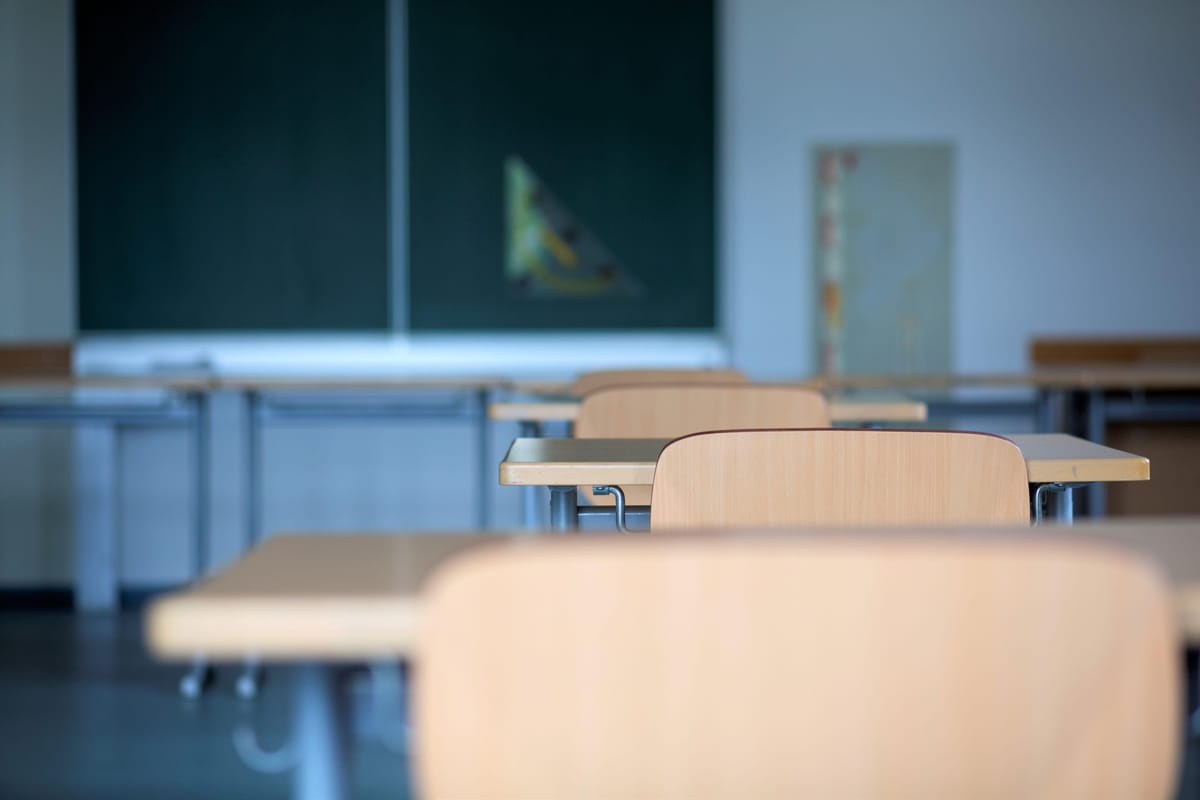
Kamras budget proposal seeks $43.7 million more for schools’ operational spending next year
In Richmond Public Schools’ first crack at next year’s budget, Superintendent Jason Kamras laid out a spending plan that would require $43.7 million more for operation of the division and $13.6 million more for improvements to school buildings.
While Kamras is projecting at least $10 million in new operational dollars could come from the state, that would still leave the city responsible for coming up with at least $33 million more for operations, as well as the cost of the new capital investments.
Securing that revenue “is going to be a challenge,” Kamras acknowledged Tuesday night. In an apparent nod to the Jan. 6 failure of Richmond’s water treatment plant, he noted the city is facing “deep needs” outside the schools and said conversations with city officials indicated “this is going to be a tight year.”
“We’re going to have to make some hard choices down the road while we continue to advocate,” he told the School Board. But, he continued, “we should continue to try to get every last penny we can.”
The largest item in Kamras’ budget proposal is roughly $16.5 million needed to meet the collective bargaining agreements the division has signed or expects to sign once negotiations with two remaining bargaining units conclude.
When a 3% raise included in teachers’ collective bargaining agreement goes into effect in the next fiscal year, Richmond teachers’ compensation will have risen 41% since 2018, from an average salary of $52,000 to more than $73,000, according to administration data.
“That’s the difference between being able to pay a mortgage or not,” said Kamras.
Employees could, however, see some increase in their health care costs. While the superintendent said Richmond Public Schools has absorbed 100% of increases in health care costs for employees over the past six years, he said that practice is no longer sustainable and is proposing that the division only absorb 50% going forward. That shift would save the division about $4 million next year.
The second largest expenditure in Kamras’ proposal would go toward spending on academics, including $5.5 million for 55 additional multilingual learner teachers to meet state staffing ratios.
In an effort to align the division’s budget with its strategic plan, each of the new expenditures is classified in terms of the strategic priorities it’s intended to advance.
Some of the projected increases, however, are due to inflation — which Kamras noted has affected the cost of everything from insurance to trailer rentals to materials.
Tuesday’s presentation is only the beginning step in what will be a long process of crafting the RPS and overall city budget this winter and spring. A more detailed presentation of Kamras’ plan will be put before the School Board Feb. 3.
While board members noted the size of the ask Kamras has outlined, Chair Shavonda Fernandez said she was “very pleased to see the direction in which we’re headed.”
Vice Chair Matt Percival said he hoped City Council members and other officials would see the array of “unsexy” needs the proposal is aiming to address, ranging from roof and HVAC improvements to salary increases resulting from collective bargaining.
“I would encourage our colleagues to take a look at our budget and see a lack of caviar and limousines,” he said.






